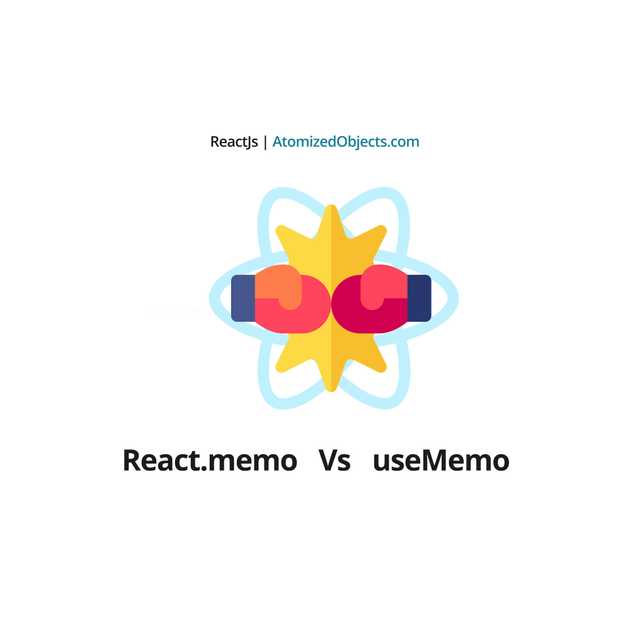

That being said, memoizing too many values can actually degrade performance, as it adds an overhead to the rendering process. For example, while it's possible to memoize functions and components with useMemo(), you should use useCallback() and memo respectively, instead. However, wherever possible, you should use hooks and/or higher-order components that are more relevant to the use case. With useMemo(), it is technically possible to cache any type of a value (such as calculations, functions, arrays, objects, and even components). However, you may still do so without causing any major issues.

Please note that there is no real benefit of wrapping a calculation with useMemo() in other cases than those mentioned above. When passing a value to the dependency array of some hook.When passing a value as a prop to a memoized component.When calculating expensive calculations.However, useMemo() is only useful in the following cases: Using the useMemo() hook, you can optimize the performance issues caused by re-renders by caching the result of values in a previous render, so they don't need to be computed again until any of the dependencies change (as specified in the useMemo() dependency array). This includes the component where the state or prop is defined, as well as any child components that use that state or prop. This means that React will re-run the entire body of these components everytime it re-renders. When a reactive value changes in React, it triggers a re-render of all components in the React data flow that depend on that value.


 0 kommentar(er)
0 kommentar(er)
